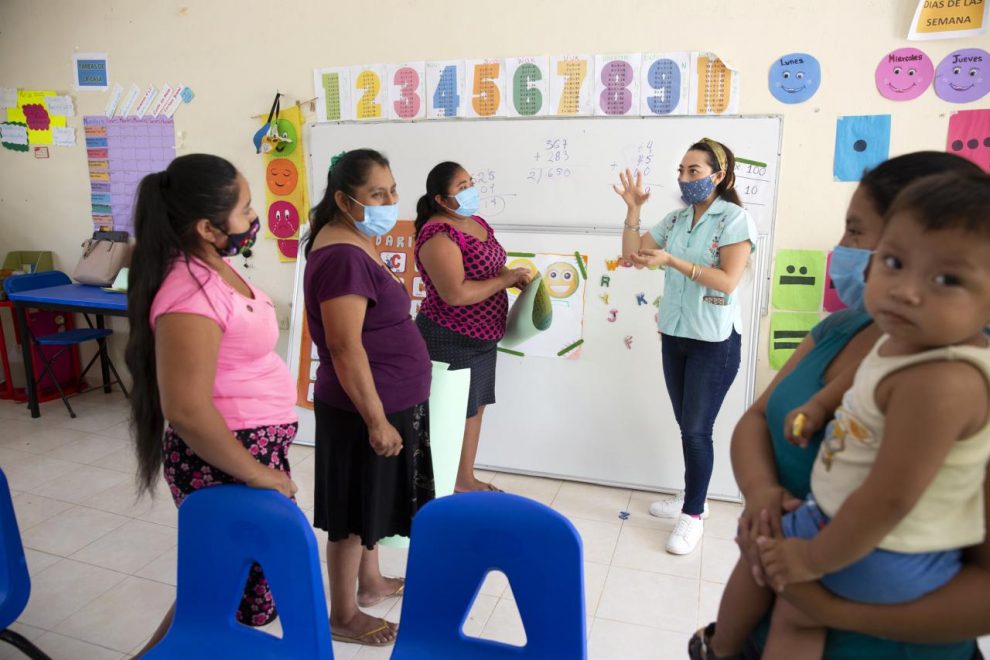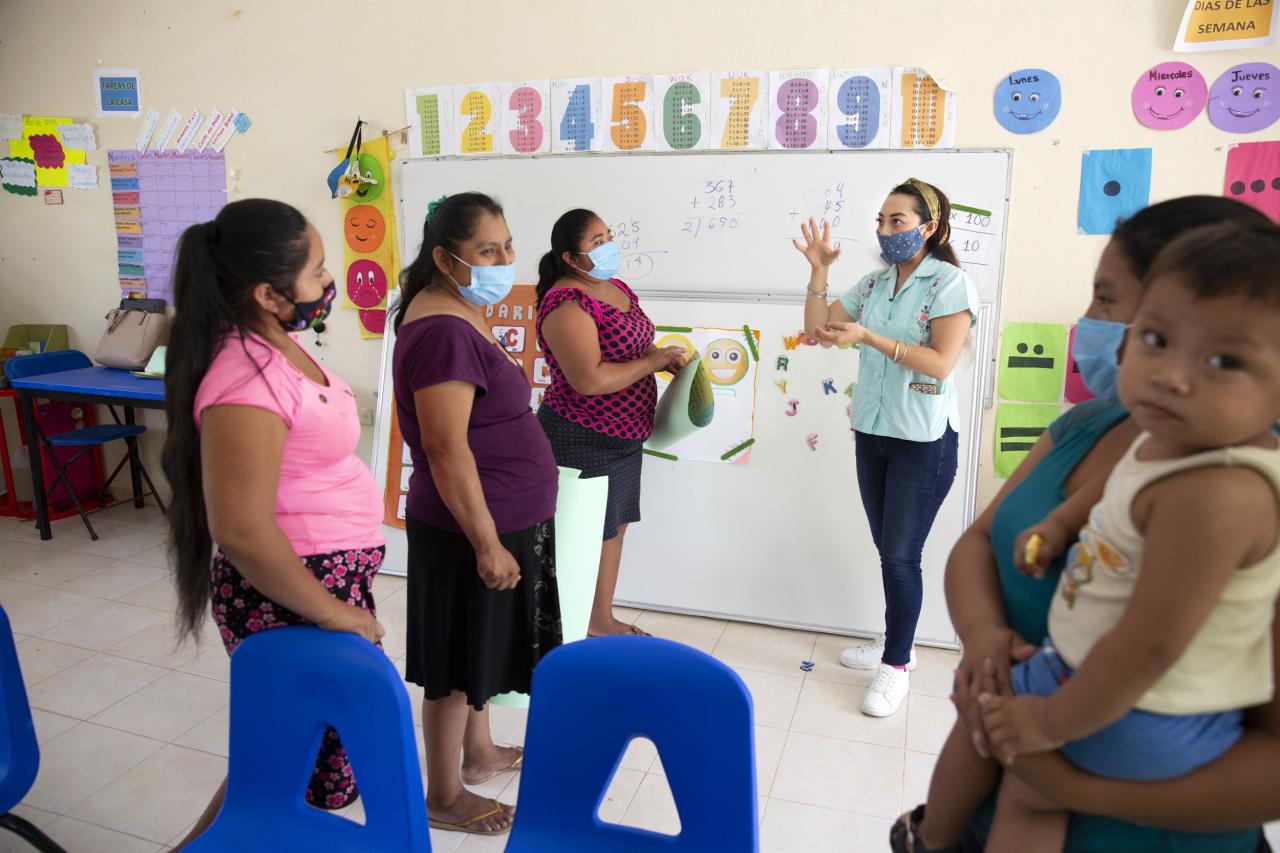For students to thrive academically, socially and emotionally, families and schools must work together as partners in education. Elementary schools that foster positive home-school collaboration empower families to actively support their children’s in-school learning and make all families feel valued members of the school community. This article explores strategies elementary schools can implement to build meaningful partnerships with the families they serve.
Maintain Open, Two-Way Communication
Open and trusting communication provides the foundation for family-school collaboration. Teachers establish this through consistent, two-way channels that encourage family involvement. Examples include:
- Weekly class newsletters with learning objectives and activity suggestions
- Regular phone calls, emails or communication apps sharing student progress
- Interpreters and translated materials to reach non-English speaking families
- Conference days with dedicated time for family-teacher discussions
Hearing directly from families about student strengths and needs strengthens teaching practices. According to the National PTA, “Every child’s education is a responsibility shared by the school and family.” Regular communication recognizes this shared responsibility.
Offer Engaging At-Home Learning Activities
Equipping families with creative ways to support learning at home fortifies classroom instruction. Teachers provide materials and activity ideas linked to current learning goals. For instance:
- Read aloud tips and questions to build comprehension
- Math games for extra practice with new concepts
- Science experiments using common household items
- Letter and vocabulary flashcards to boost literacy
These resources value families as learning partners, while giving students needed reinforcement. Per educator Joyce Epstein, “The way schools care about children is reflected in the way schools care about the children’s families.” At-home activities signal care.
Host Family Education Events
Through workshops, trainings, and community events, schools empower families with insight into the curriculum, school programs and ways to productively support students. Helpful event topics include:
- Navigating key developmental stages
- Fostering good study habits
- Discussing diversity and inclusion
- Managing challenging behaviors positively
- Preventing summer learning loss
Events also build community among families and provide networking opportunities. Author James Baldwin wrote, “Children have never been very good at listening to their elders, but they have never failed to imitate them.” Equipping families ultimately benefits students.
Facilitate Volunteer Opportunities
Volunteering gives family members valuable chances to engage in children’s education. Elementary schools offer flexible ways for families to contribute their time and talents. Examples include:
- Assisting in classrooms, media centers or on field trips
- Sharing cultural traditions, careers or hobbies
- Leading hands-on enrichment activities in the classroom
- Participating in school decision-making groups
- Helping with school events and daily operations
Volunteering makes families feel invested while providing extra support. According to Joyce Epstein, “School, family, and community partnerships do not work unless they are linked to student learning.” Volunteering directly links families to learning.
Reach Out to Connect with Families
Actively inviting families into the school community promotes partnership, especially with families facing obstacles to engagement like work schedules or language barriers. Schools can:
- Make home visits to meet families on their turf
- Send welcome bags at the start of school to introduce staff
- Host potlucks, picnics and cultural festivals
- Recruit parent liaisons from diverse backgrounds to welcome new families
These inclusive practices emphasize that all families belong as valued partners in their children’s education. In the words of Mattie Stepanek, “Unity is strength…when there is teamwork and collaboration, wonderful things can be achieved.” Outreach unifies families and schools.
Conclusion
Elementary educators recognize learning extends beyond school walls. By implementing practices like ongoing communication, at-home learning activities, family education, volunteer engagement, and relationship-building outreach, schools actively partner with families for students’ benefit. Family-school collaboration requires commitment from both sides, but pays invaluable dividends for young learners. Working cooperatively, elementary schools and families can ensure each child has a vibrant educational village supporting their growth.

















